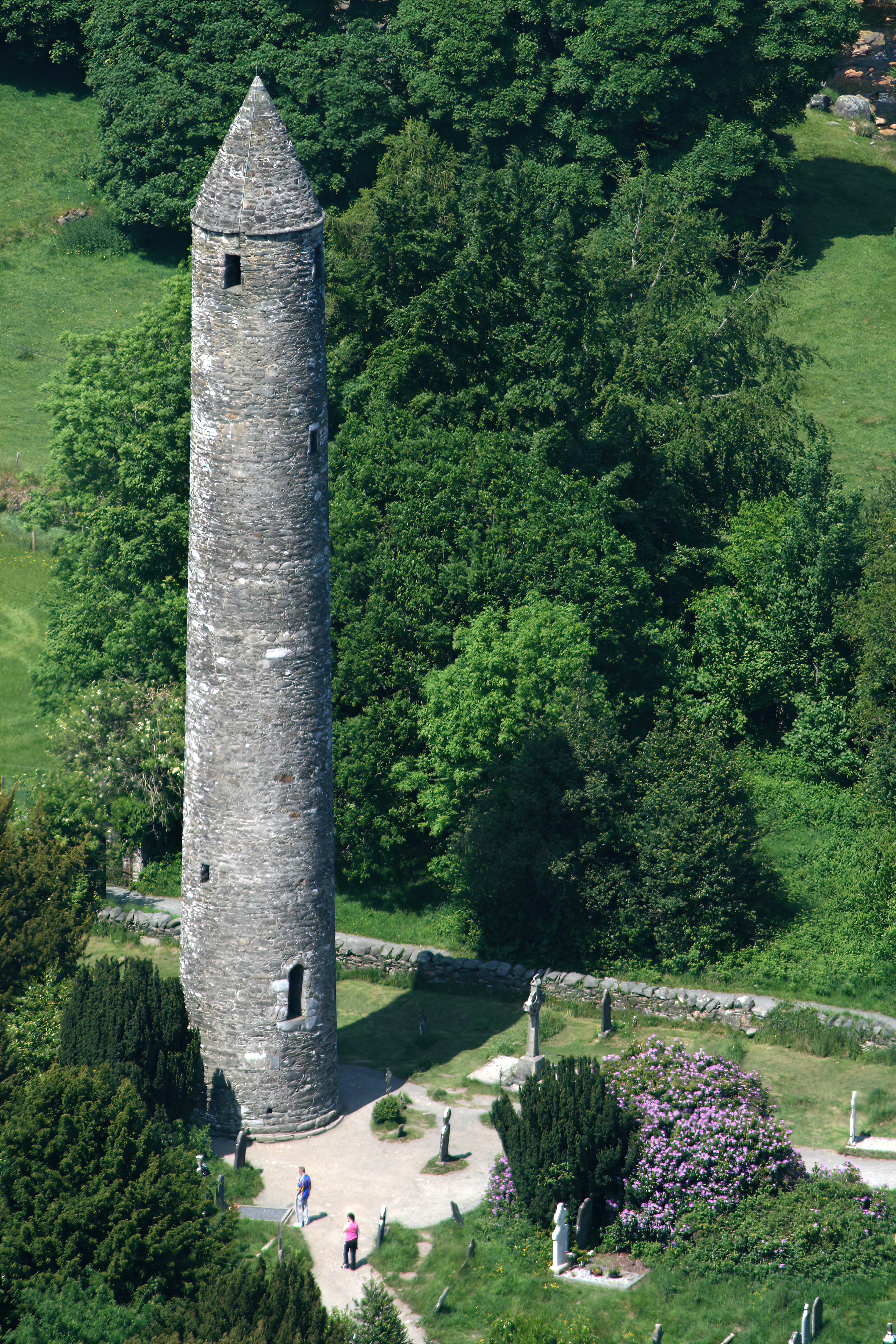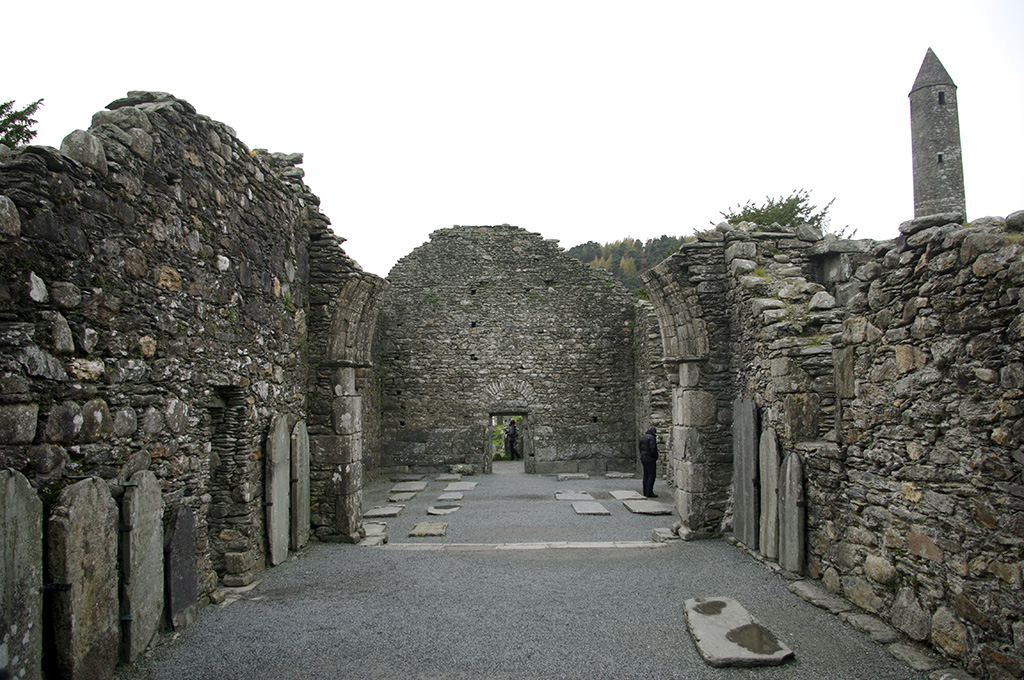Glendalough - The Valley of the two lakes
During October 2016, I was fortunate enough to visit the Monastic ruins of Glendalough, County Wicklow, Ireland. It was founded in the 6th Century by St Kevin of Glendalough. He lived in the valley as a
hermit in a cave, to which he was allegedly led to by an angel. This is known as St Kevin's Bed, and is venerated as a shrine by Roman Catholics. The cave was originally a bronze age tomb, hewn from the cliff faces by indigenous Celts. It is probably the oldest piece of work to be undertaken by man in the glen.
The site is famous due to its legendary association with St Laurence O'Toole, the Archbishop of Dublin during the Norman invasion. He used the bed for prayer and meditation when he made visits to the site. The famous Wicklow rebel, Micheal Dwyer who led a guerrilla campaign against the British Army in the Wicklow Mountains, is reputed to have used the bed to evade capture from English soldiers.
St Kevin lived the life a hermit with an extraordinary closeness to nature. His only companions were the animals and birds of the valley. He lived as a hermit for seven years, wearing only animal skins, sleeping on stones and eating sparingly. Disciples were soon attracted to Kevin's extreme example of chastity. By 540, St Kevin's fame as a holy man and a teacher spread throughout Ireland, and Glendalough soon grew into a renowned site of saints and scholars. It is also the parent of several other monasteries.
 |
| St Kevin's bed |
Following its founding by St Kevin, numerous generations of monks added their own buildings to the site. The largest and most imposing of the buildings is the Cathedral. this is typical of the monastery's development, as it has several phases of construction, dating from the 7th Century to its completion in the early 13th Century. The site's most eye catching building is the 30 metre high granite round tower. The tower originally had six floors connected by ladders. Such round towers were landmarks for approaching visitors, served as bell towers, store houses and places of refuge from attackers.
The site's sublime setting was awe inspiring, and few other historical sites on the island can quite capture the essence of the country's rich and turbulent heritage.
 |
| The round tower |
 |
| The Cathedral at Glendalough |
Comments
Post a Comment